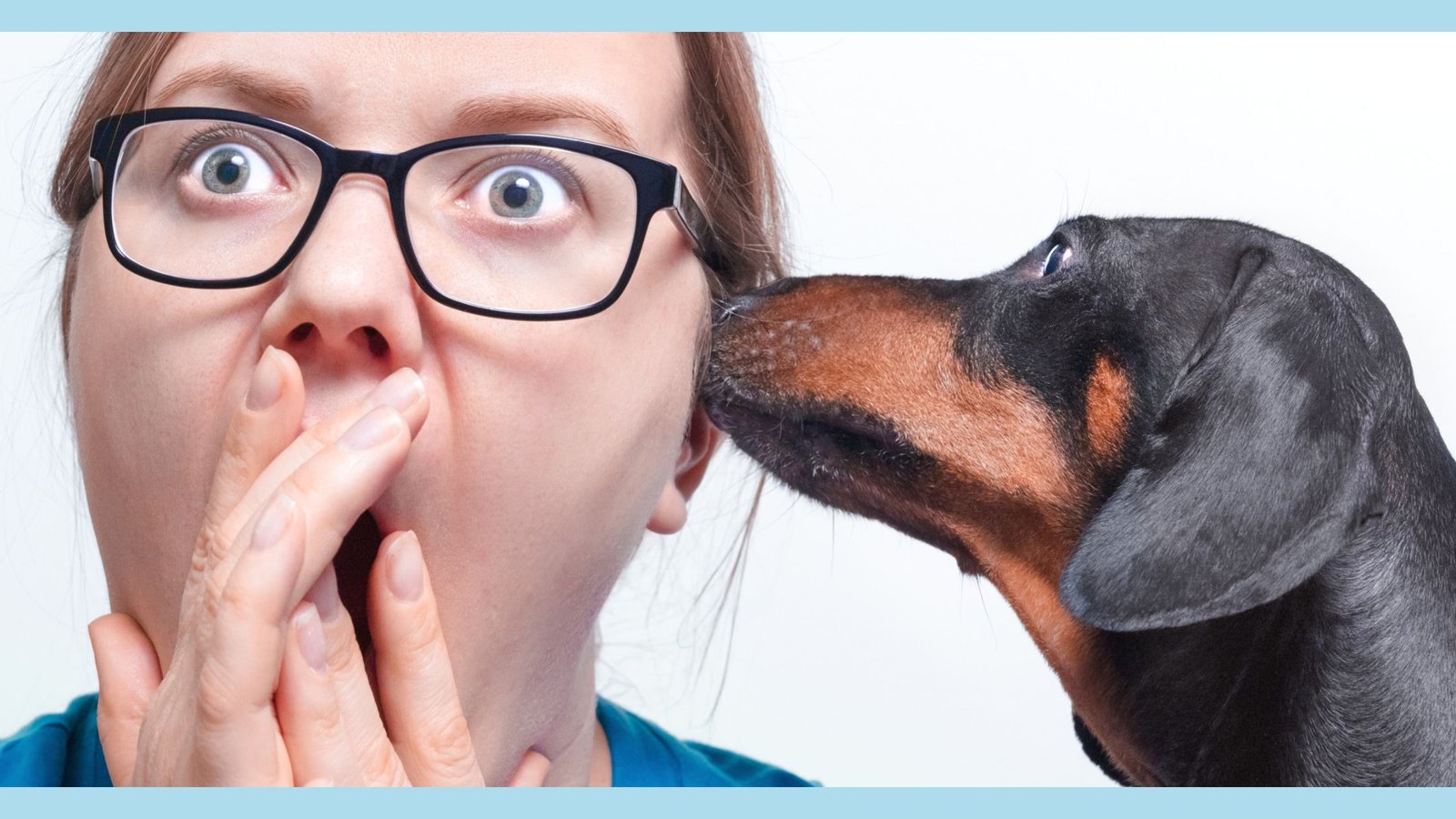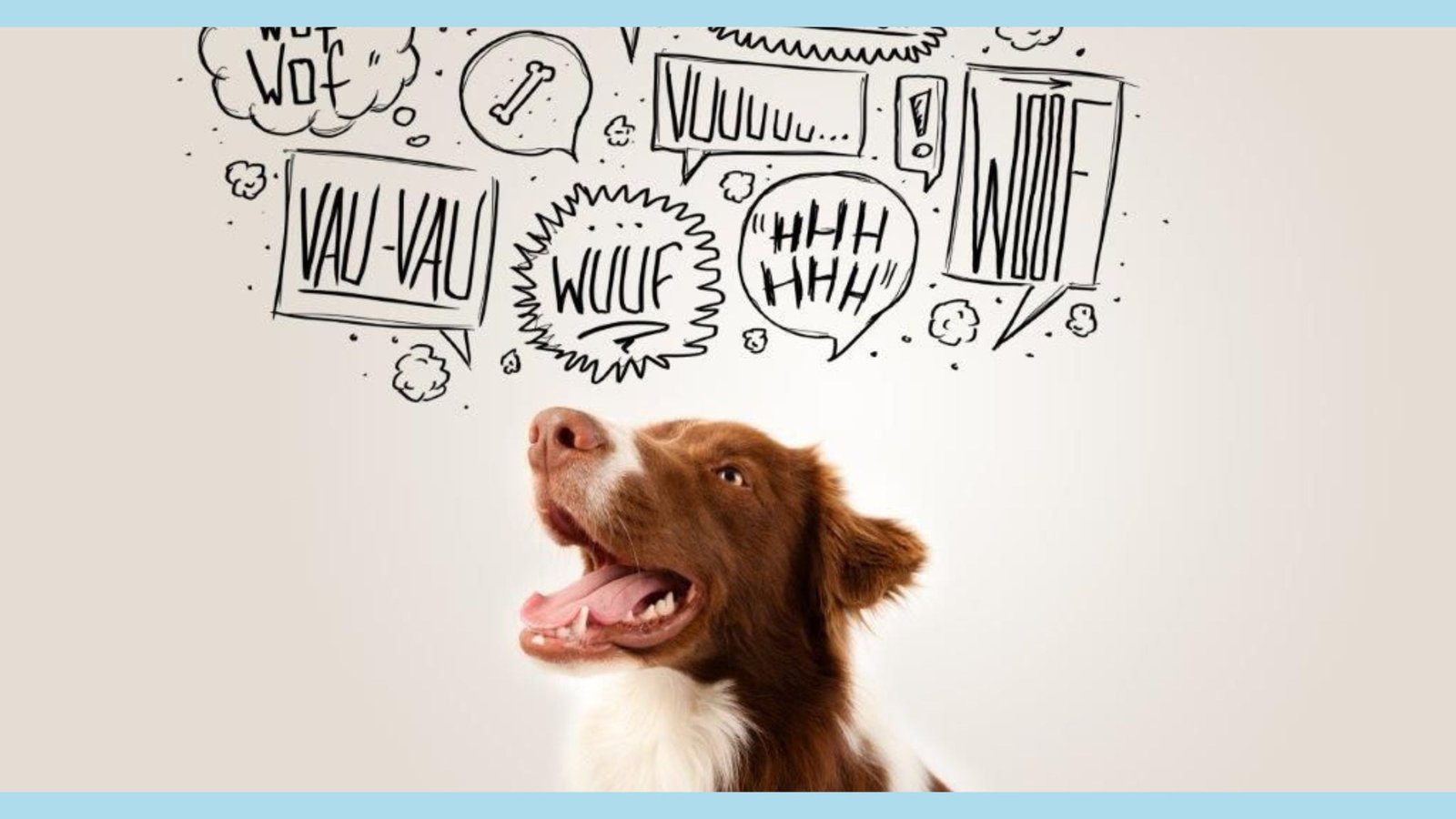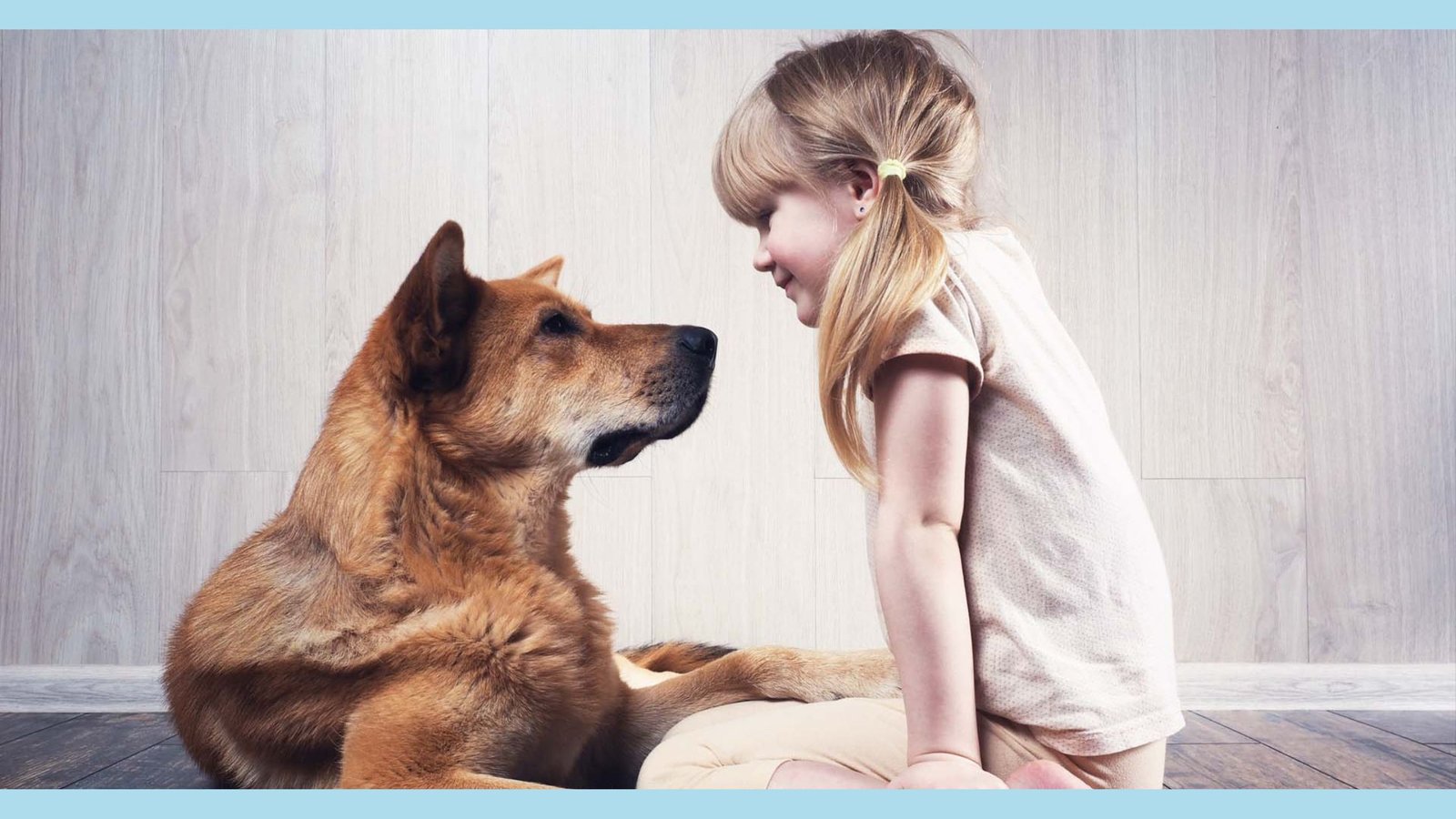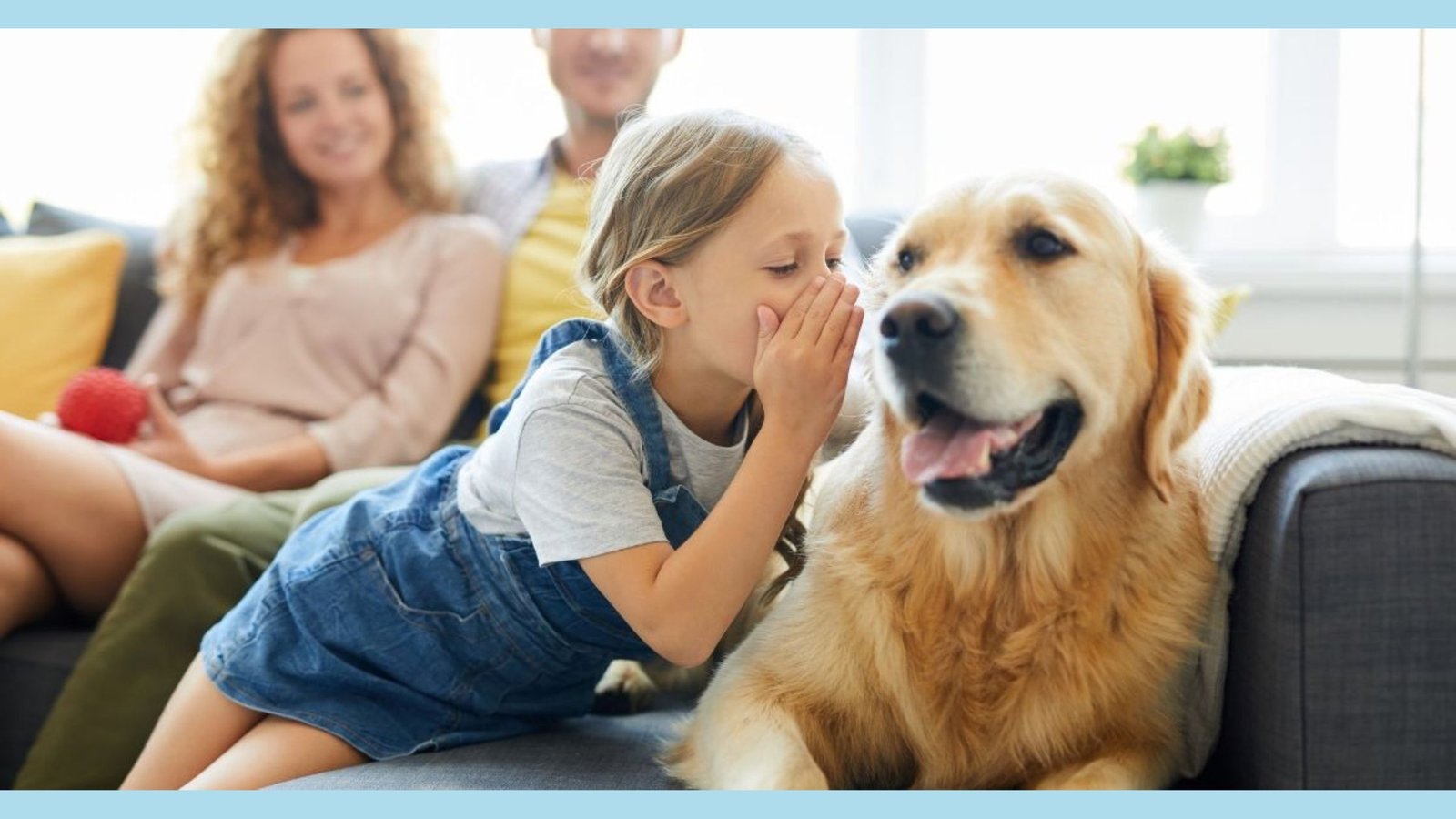
BODY LANGUAGE: DOGS’ WAY TO CHAT
Dogs don’t just understand human body movements. They use their own body language to talk with each other and people. They send messages with posture, face looks, tail wags, ear positions, and sounds. For example, a wagging tail can mean a dog is happy and excited. A tucked tail shows fear or giving in. A relaxed, loose body tells you the dog feels calm and friendly. But a stiff, tense body means the dog is aggressive or uncomfortable. This article explores what dog owners want to know about whether dogs understand words and more about how dogs communicate.

Can Dogs Get Our Words?
Dog owners and dog lovers should learn to understand dog body language. It helps them know the pet’s emotions and needs. It also stops miscommunication and problems. Say a dog licks its lips, yawns, or pants a lot. These could be signs the dog is stressed or anxious. Recognizing these signals lets owners help the dog feel better and stay healthy.
Knowing dog body language can also bring people and dogs closer. Paying attention to small signals and responding right builds trust. Owners strengthen their bond with their pet. It’s key for training too. Clear, consistent body language helps teach commands and good behaviors. In short, body language is vital for dogs to communicate.
Dog Body Language, Tones And Vocalizations
Dogs are highly perceptive to visual cues and can interpret both human and dog body language to understand emotions and intentions. By understanding and utilizing appropriate body language, dog owners can effectively communicate with their pets, prevent conflicts, and foster a strong bond based on trust and understanding.
Dogs have an incredible ability to interpret human speech based on the tone in which it is delivered. In fact, research has shown that they are even more sensitive to tone than they are to the actual words being spoken. This is because dogs have evolved to be highly attuned to the vocalizations of their human companions, as they have relied on this ability for thousands of years to communicate and work alongside humans.
The Observing Dogs
When we speak to our dogs, they are not only listening to the words we say, but they are also analyzing the pitch, volume, and intonation of our voice. This means that even if we use the same words in different tones, our dogs will interpret them differently.
For example, if we say “good boy” in a high-pitched, happy tone, our dogs will understand that they have done something right and will likely be rewarded. However, if we say the same words in a low, stern tone, our dogs will understand that they have done something wrong and may be reprimanded. This ability to interpret tone is not limited to just positive and negative emotions.
Dogs Can Smell Your Mood
Dogs understand our tone. A soft, soothing voice makes them feel safe and comforted. But a sharp, urgent tone alerts them to danger. Even when we don’t talk to them directly, dogs observe and analyze our tone.
Dogs sense changes in our tone that reveal our mood. If we sound stressed or anxious, dogs become alert or seek comfort from us. Our tone is powerful for communicating with dogs. They pick up emotional cues from how we speak. This helps them understand our intentions and emotions.
Being mindful of our tone when talking to dogs enhances communication and strengthens our bond with them. When you speak to your furry friend, remember they listen not just to your words but also how you say them.
That’s how dogs can smell or rather sense our mood!

THE ROLE OF WORDS IN DOG COMMUNICATION
Besides body language and tone, words also play a part in communicating with dogs. Scientists agree dogs understand specific words like “sit,” “stay,” “fetch,” and “come,” associating them with actions or objects.

Dog Communication Through Training
Training helps dogs learn words. Through repetition, dogs link words to actions. But dogs may not understand every word. They rely on tone and body language too. Dogs focus on the overall message, not just single words.
Some experts think dogs understand words like gestures. Dogs pay attention to the meaning behind words, not just the words themselves. For example, saying “trees, birds, grass, walk” may mean the same as “let’s go for a walk” because the message is similar.
Dogs Vocabulary
Dogs also notice the feeling behind our words. Research shows dogs sense human emotions. They can tell if our tone is happy or serious. This affects how they respond to our words. Dogs can understand many words, like toy names and commands for activities.
Some dogs know hundreds of words, including family members’ names. Their word understanding is bigger than we thought.
Body Language, Tone, And Words
Dogs don’t just understand spoken words. They also learn hand signals and visual cues for actions. This skill to understand words and non-verbal cues helps humans and dogs communicate better.
Dogs don’t comprehend language like humans. However, they can learn and respond to various spoken commands. Dogs are observant and can recognize patterns and associations. They rely more on tone and body language rather than word meanings.

UNDERSTANDING YOUR DOG’S VERBAL COMMANDS
As a dog owner, you may wonder how much your furry pal understands your words. Studies show dogs can learn and follow verbal commands.

The Students Of Positive Reinforcement And Repetition
Dogs quickly associate words with actions when accompanied by gestures. For example, if you say “sit” while raising your hand, your dog will link the word with the action. Dogs are highly observant and can recognize patterns.
But dogs don’t understand language like humans. They interpret communication through tone and body language. So use a consistent tone and body language when giving commands.
Repetition is key when teaching verbal commands. Dogs learn through reinforcement and repetition. Be patient and consistent during training. By using the same words and gestures, your dog will associate them with specific behaviors.
Speak Your Dog Language
Different dogs have varying learning abilities. Some dogs quickly grasp commands, while others need more time and practice. Adapt training to your dog’s specific needs and capabilities.
The context in which you give verbal instructions matters. Dogs are context-dependent learners, meaning they better understand commands in familiar environments. For example, your dog may easily “sit” at home but struggle in a new, distracting place.
While dogs may not comprehend every word, they respond well to verbal commands paired with consistent tone, body language, and repetition. Understanding how dogs interpret and learn verbal cues allows you to effectively communicate and strengthen your bond.
Multi-layer Dog Language
Research shows dogs can associate words with actions and grasp word meanings. In a study, dogs learned to fetch specific objects by name. The dogs consistently chose the correct item when asked, demonstrating word meaning understanding. This ability extends beyond simple commands or object names.
Our furry friends can grasp words that show feelings or states. If you speak kindly and say “good boy,” your dog will likely wag its tail and seek praise. But if you sound stern and say “bad dog,” your dog may lower its head, tuck its tail, and act guilty or ashamed. This shows that dogs pick up on both the words and the feelings behind them.

Flexible cognitive ability to understand words
Dogs can also comprehend words in new situations. Researchers trained dogs to follow a word with an action. Then they tested the dogs in a different setup. The dogs could still understand and follow that word correctly. This reveals their flexible ability to grasp words beyond specific cases.
However, dogs don’t understand language like humans do. They heavily rely on non-verbal signals like body language, tone, and facial expressions. They use these cues to interpret and respond to human communication.
Dogs Rely On A Combination Of Verbal And Nonverbal Cues
For clear communication with your furry friend, be consistent with your commands, tone, and body language. While dogs may not comprehend language fully like humans, they can certainly understand the meanings of words to some degree.
Dogs understand words through practice. They link words with actions or objects. They even sense emotions from words. Dogs apply this knowledge across different situations. But owners should know dogs rely on verbal and nonverbal cues to comprehend human communication.
Consistency Minimize Confusion For The Dog
Keeping things consistent is key when training dogs with tones and context clues. Dogs excel with routine and repetition. Using the same tone and clues for commands reinforces the association between command and action. Consistency prevents confusion for the dog. Varying tones and clues make it tough for dogs to grasp expectations. Maintaining a consistent approach creates clear communication and aids dogs in learning and responding.
Furthermore, your tone and clues impact your dog’s emotions. Dogs are perceptive and detect feelings behind words. A harsh, angry tone may cause anxiety or fear in dogs. Conversely, a calm, positive tone fosters a relaxed, positive training environment.
Praise Good Communication
Using the right tone and signals is key when training dogs. But don’t forget to reward good behavior too. Give your pup treats or praise when they follow commands correctly. This positive reinforcement encourages learning and obeying.
To sum up, tone of voice and context signals are very important for dog training. Using a calm, consistent tone and clear signals helps your dog understand what you want. Staying positive builds a strong bond with your furry friend too.

CHANGE UP THE TRAINING SPOTS
As well as adding distractions, practice commands in different places. Start at home where it’s quiet and familiar. Then move to parks or busier streets when your dog understands better. Changing locations helps reinforce commands in any environment.
Break Down Hard Commands
If teaching a tricky command with many steps, split it up. For “fetch”, first teach picking up the object, then bringing it back. Breaking it into chunks makes complex commands easier to learn. Your dog has more success this way.
Remain Calm and Consistent
Teaching your dog words is hard. It needs patience and persistence. Every dog learns differently, at its own speed. So, stay calm and consistent during the training. If your dog struggles with a word, go back. Teach the basics again before moving ahead. Reinforce your dog’s understanding before trying harder words.
If You Face Issues Teaching Your Dog
If teaching words is difficult for your dog, get help. Or if you face any other problems during training, get help. A professional dog trainer can guide you better. They can give you personalized advice and training tips. These can help you and your dog succeed.
Follow these tips to teach your dog words well. Be patient. Be consistent. Reward your dog’s efforts. With time and practice, your dog will understand words you say. It will become well-trained and confident. The bond between you and your dog will also strengthen.














